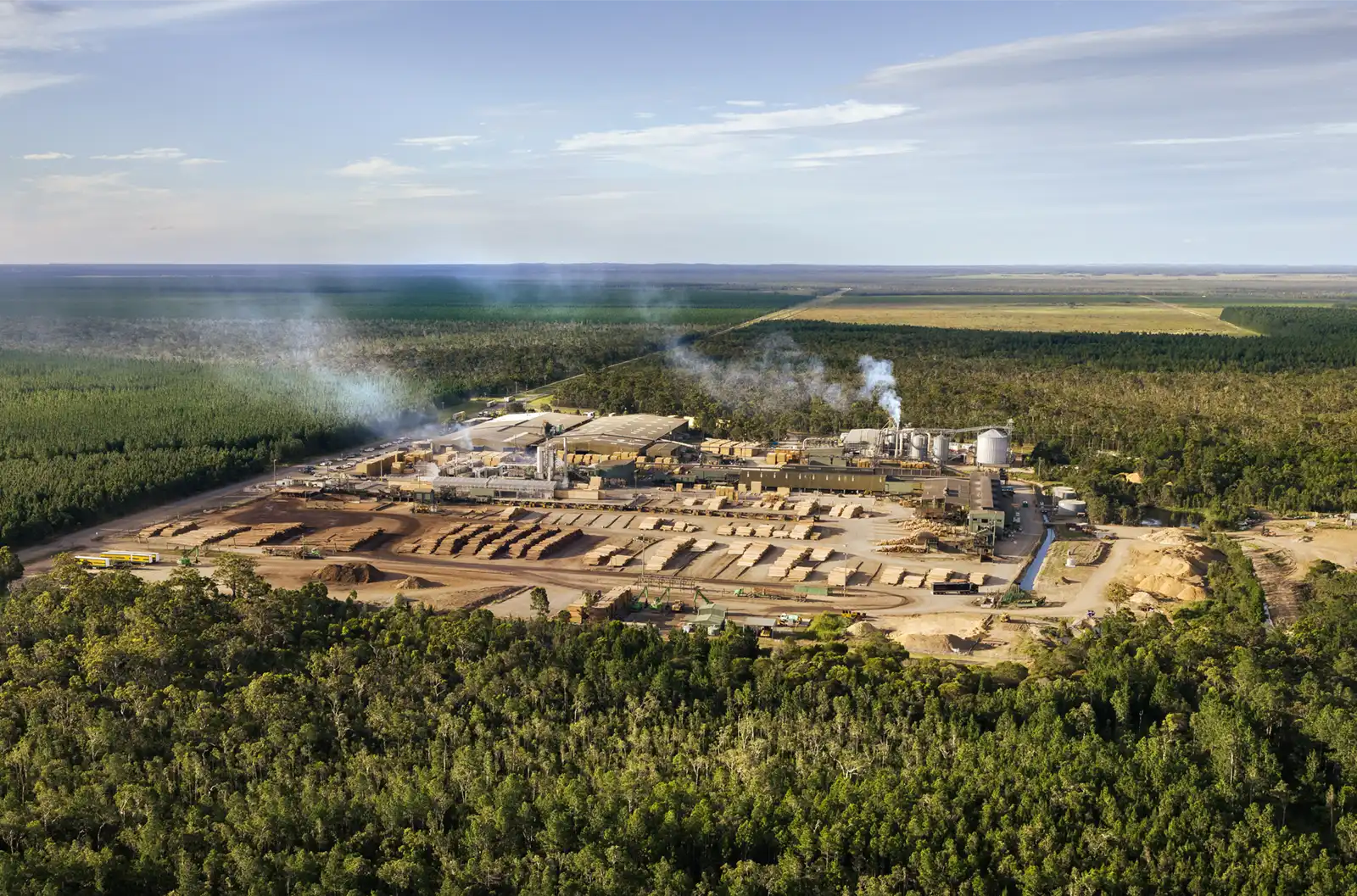This is just the beginning.
He was 24 years of age and travelling with his wife Elizabeth (aged 23), his brother William (aged 25) and a six-foot-wide box of carpentry tools. Soon he would face the financial depression of 1866 in Brisbane, before moving to the regions and working as a successful builder and carpenter in the gold mining town of Gympie. Afterwards, he became the very successful publican of the town’s Mining Exchange Hotel.
In 1873, he acquired the lease of the Royal Hotel in Kent Street, Maryborough, originally called The Bush Inn, which had flourished on the strong wool and sugar industries. It was also one of the major access points to the Gympie goldfields. He bought the hotel soon after and it would remain in the ownership of the Hyne family until 1960. It was not all smooth sailing and tragedy struck in 1879 when R.M.’s wife Elizabeth died during childbirth, as did their infant son, Ernest Edward, the following day. Grief-stricken, R.M. re-evaluated his life and took it in a new and meaningful direction, leaving behind the hotel business and circling back to his timber knowledge from his carpentry career.

An article in the Maryborough Chronicle in 1882 alluded to R.M.’s new venture. It read:
“We have it on good authority that a new sawmill is about to be started . . . A gentleman from home has been looking around lately and will leave very shortly for England to procure the necessary machinery. Advance Maryborough.”
R.M. saw Maryborough, located 264km north of Brisbane, as “the place to be” and a potential major hub for a timber mill, which he set up in 1882 on the banks of the Mary River.
He capitalised on the growing timber industry and ploughed his entire savings, with the help of a substantial overdraft, into building the National Saw and Planing Mill. The business weathered many storms as the timber industry developed in Queensland and the political and economic constraints were matched by natural disasters, such as the Great Flood of 1893, the largest flood recorded in the Mary River at 12.27 metres.

Hyne was probably the heaviest sufferer of all in Maryborough as the mill was in the mid-stream of the torrent, so carrying the whole mill, buildings, stock and 10 cottages out to sea without one penny of insurance.1 The loss was estimated between $40-$50,000 – a huge sum at the time. In true Hyne fashion, though, R.M. was able to bounce back and rebuild stronger, saying with grit and optimism when asked if this was the end: “This is not the end, this is just the beginning.”
Civic duty
During this era, R.M. was seen as ahead of his time, particularly on social issues. He threw himself into civic duty as Mayor of Maryborough and later as a member of the Queensland Parliament, where he championed the hard-working timber-getter, employee rights, and women’s rights, as well as education, health, welfare and recreation facilities for the region. Surrounded by hardworking female licensees at the time, he was a strong advocate for gender equality and tried to introduce a Women’s Suffrage Bill in 1890, remarking:
“Women are subject to the laws yet have no say in making them. They may own property and run businesses, so why should they not be enfranchised to vote? The notions that giving the vote to women would make them less womanly, or that their delicate constitutions would be challenged by the robust nature of political life, are plainly ridiculous.”2
While he was unsuccessful, he had the satisfaction of seeing the Bill adopted 12 years later.
As a leader in worker rights, in 1890, he introduced an 8-hour working day, even though competitors worked their employees for nine or more hours per day. “The employer would benefit through having intelligent, well-fed, well-clad workmen,” argued R.M., “rather than tired, over-worked, ill-treated men.”3 This genuine care and concern for the health and wellbeing of workers was part of the Hyne culture then and remains a cornerstone of the organisation’s culture today.
The Father of Forestry
As Parliamentary Member for Maryborough in 1889, R.M. Hyne earned the title ‘Father of Forestry’ after he moved a successful motion calling for the creation of a Department of Forestry to meet the challenge of an approaching timber shortage. Perhaps most notably, R.M. urged the government of the day to take immediate action in the replanting of forests and was successful in driving forest-related policy, such as the introduction of a 15 per cent duty on imported timber. Seeing timber as a wholly renewable asset, being ahead of his time in forest conservancy ideology, he replanted a forest in 1889 and trial planted pine on Fraser Island in 1890, stating:
“Trees should not be carelessly destroyed, but instead watched over by rangers and with an active regeneration policy.”
By 1900, the first Forestry branch was set up within the Department of Public Lands, albeit with only one inspector and two rangers. In 1957, R.M.’s foresight paid off when this forestry section was elevated into a full department.
References
1 Hynesight: A history of a timber family in Queensland, published 1980.
2 The Maryborough Storyteller
3 Hynesight: A history of a timber family in Queensland, published 1980.
























